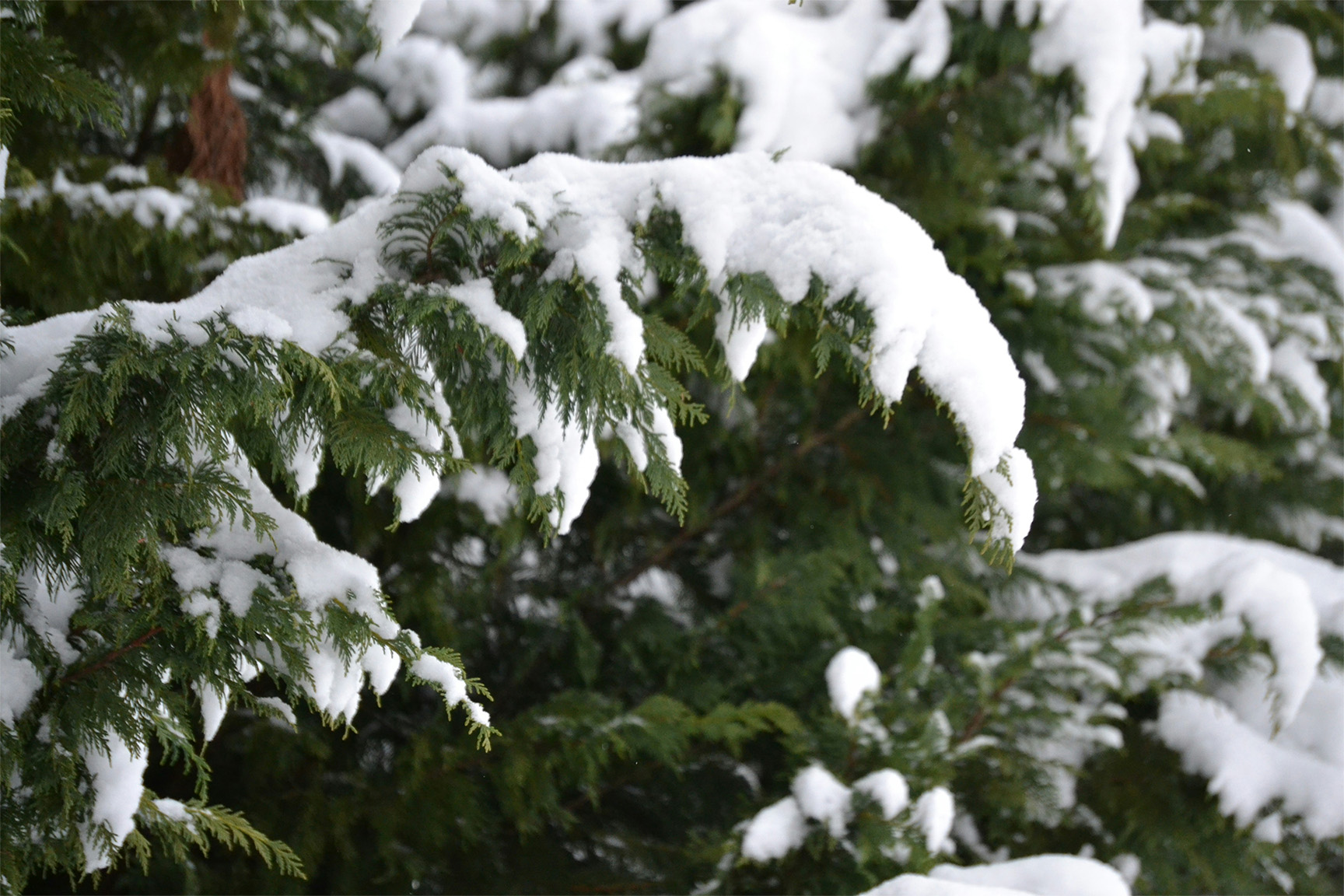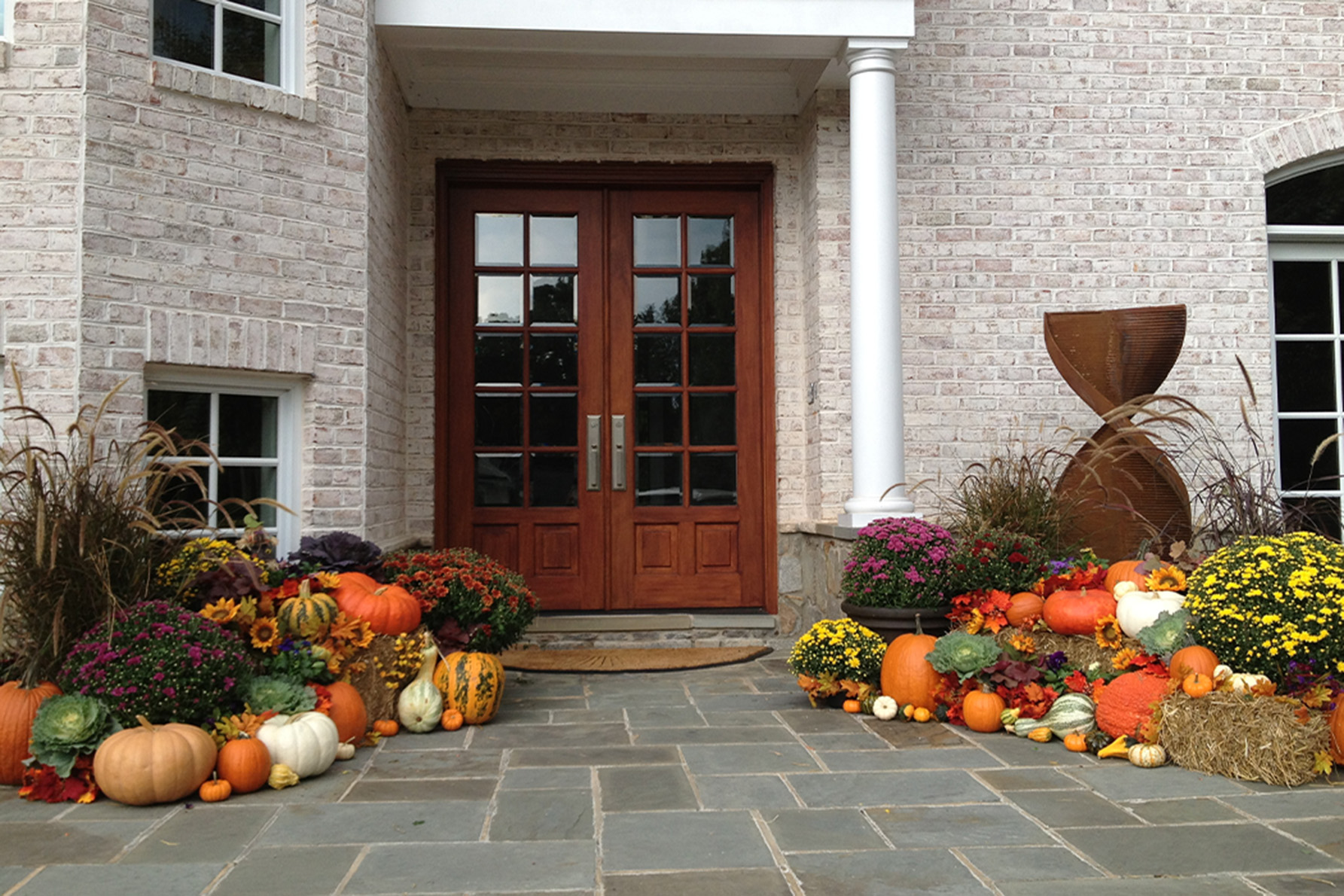
The Power of Integrated Pest Management for Your Lawn
We all want to make the most of the outdoors with a yard that is as free from weeds and pests as possible, and is abundant with blooms and lush greenery. Whether you want to fight an annual outbreak of chickweed and dandelion in your otherwise immaculate yard, take on pesky aphids or fungal diseases preying on your ornamental plants, or simply enrich your soil for spectacular foliage, Rossen Landscape has the perfect program to help.
Integrated Pest Management (IPM) is an effective and environmentally-sensitive approach to pest management that relies on a combination of common-sense practices.
Chemical treatments as a sole practice in pest control is a thing of the past. While chemical pesticides work to eliminate pests, IPM actually strengthens landscape conditions to prevent pests. Proactive IPM programs use information on the life cycles of pests and their interaction with the environment. This information, in combination with pest control methods, is used to manage pest damage by the most economical means to enhance the overall landscape in a more environmentally-friendly way.
IPM involves a series of educated evaluations that include setting thresholds, identifying and monitoring pest activity, employing preventive measures and controlling unmanageable pest outbreaks on turf, trees, and ornamentals.
Set Action Thresholds
With IPM, it’s not necessary to eradicate every weed and insect pest from a landscape. Instead, landscape professionals work closely with clients to establish threshold levels. An action threshold is a point at which pest populations or environmental conditions indicate that pest control action needs to be taken. Observing a single pest does not always mean control is needed; instead, the level at which pests will become a threat is used to guide pest control decisions.
For example, if a client chooses a 15 percent threshold, this means a pest must exceed 15 percent infestation of an area of turf or other plant material before reactive measures are taken. The difference is pest control versus pest eradication; aiming for 100 percent control is an impossible expectation and goes against basic IPM principles.

Monitor and Identify Pests
Many insects, weeds and other living organisms are innocuous, while some are even beneficial. IPM programs work to monitor and accurately identify pests so that appropriate control decisions can be made while adhering to action thresholds. Monitoring and identification prevent pesticides from being used when they are not really needed; they also prohibit using the wrong kind of pesticides.
Landscapers practicing IPM will be on site more — as many as two to three additional visits per season — depending on environmental conditions and pest risks. In a successful IPM program, the landscaper must examine the overall health of the turf, trees, and ornamental plants on a client’s property. This includes an assessment of weed infiltration and signs of pest and insect damage, as well as any other precursors to larger plant problems.
Some visits may be solely for monitoring purposes, and your landscaper may not apply anything if it is not needed at that time. This doesn’t mean you’re getting less bang for your buck — it’s all part of the IPM process.

Preventive Measures
IPM programs manage the lawn and landscape to prevent pests from becoming a threat after exceeding threshold levels. Even if a pesticide is required to prevent a pest from taking hold, or to stem back its advance, the question of whether to treat preventively or curatively depends on that particular pest.
For example, to control crabgrass reactively requires far greater effort and a far more intensive program than if the contractor uses a pre-emergent to keep the weed from competing with the client’s turf. Landscapers practicing IPM are experts at examining scenarios and deciding if a preventive measure is a better alternative than a curative approach.
Strategies for Control
Once monitoring, identification, and action thresholds indicate that pest control is required — and preventive methods are no longer effective or available — landscapers using IPM programs then evaluate the proper control method for effectiveness and risk.
Often, effective but less risky pest controls are chosen first. These include highly targeted chemicals, such as pheromones to disrupt pest mating, or mechanical control, such as trapping or weeding. If further monitoring, identification and action thresholds indicate that these controls are not working, then additional pest control methods would be employed, such as targeted spraying of pesticides.
All phases of IPM work together to maximize the effectiveness of pest management, lower environmental impacts, proactively address issues, and ensure your property’s landscape is at its healthiest.
Ready to enjoy your yard without worrying about the health of your turf and plants? Learn how Rossen Landscape incorporates IPM into its turf and ornamental care programs, or contact us to discuss your unique landscape needs.


















.png)

.jpg)
.jpg)
.jpg)















































































